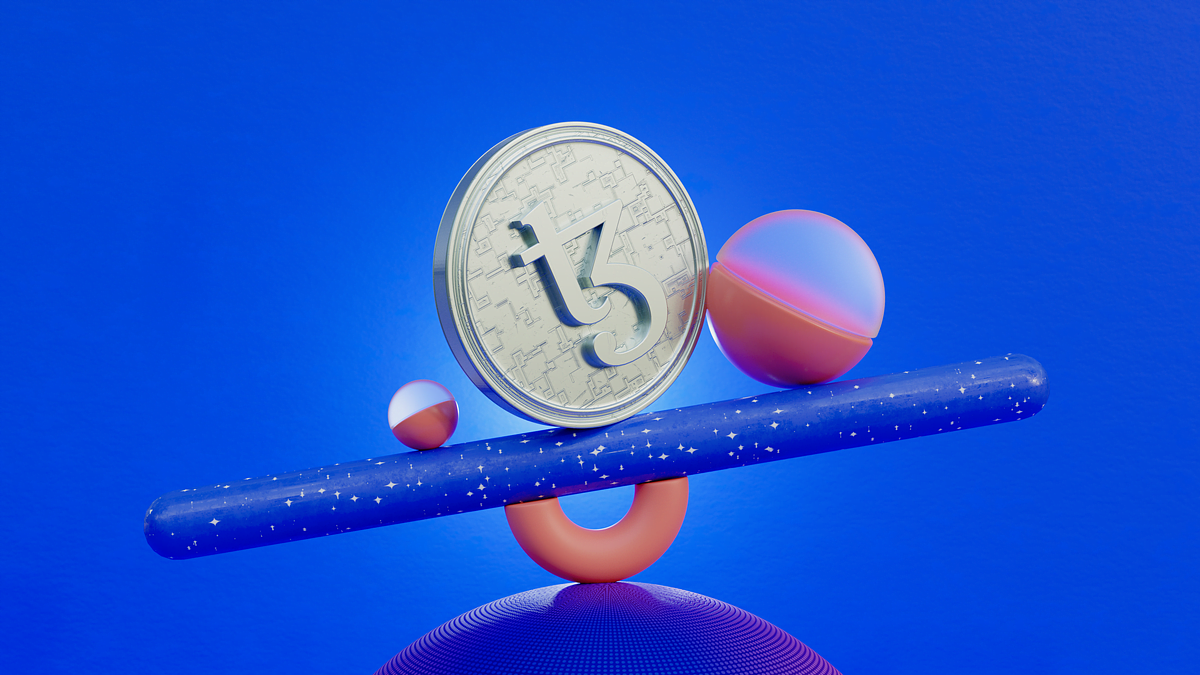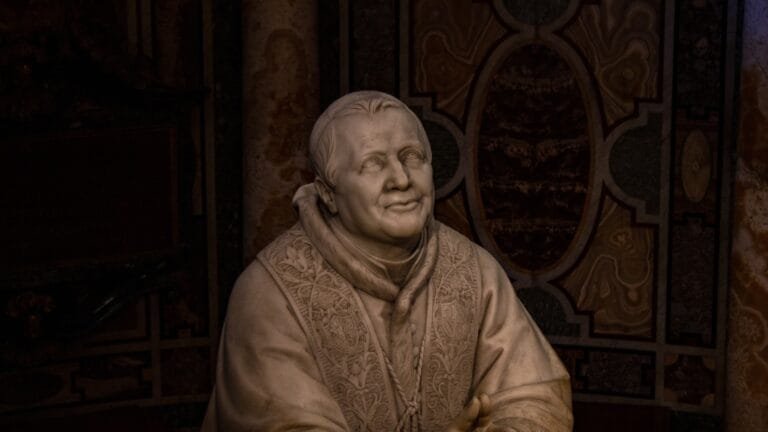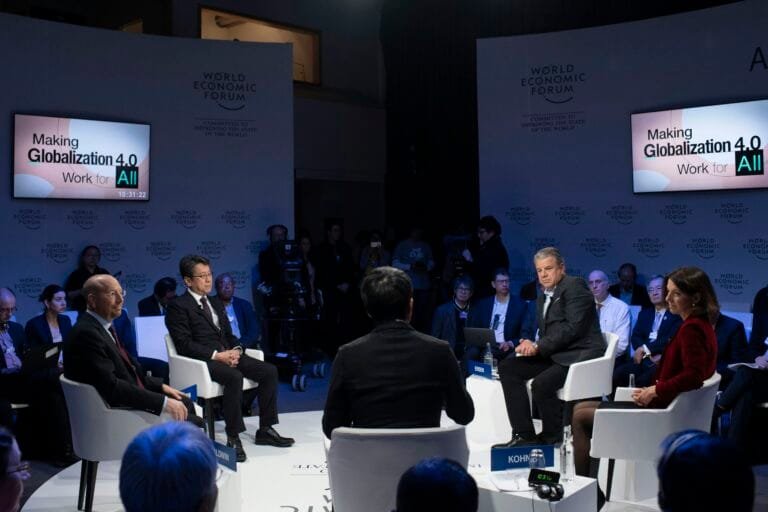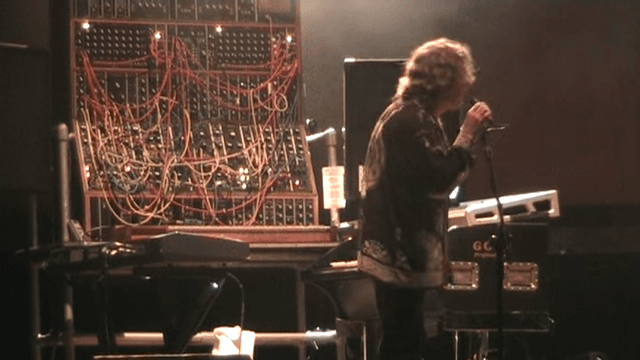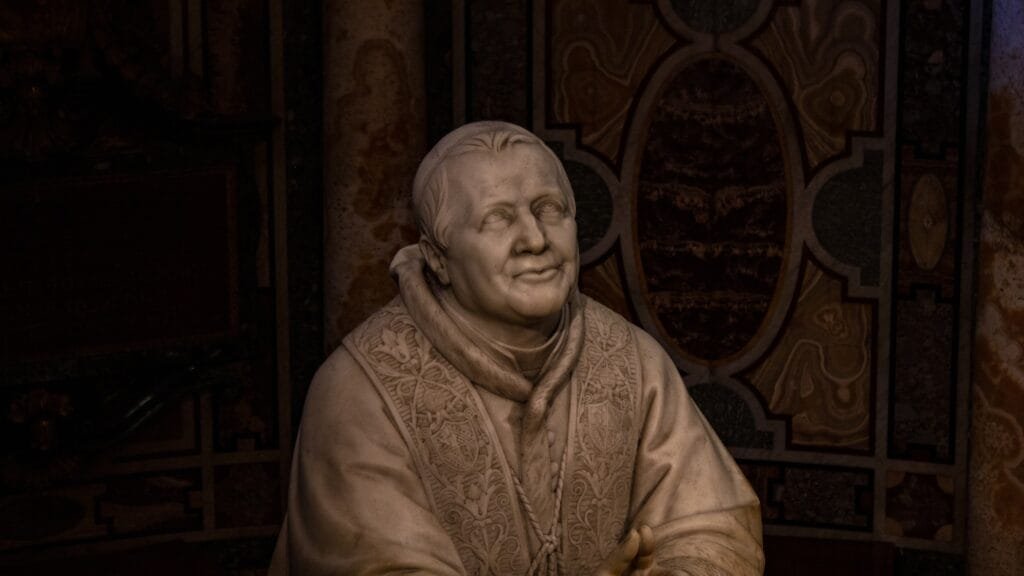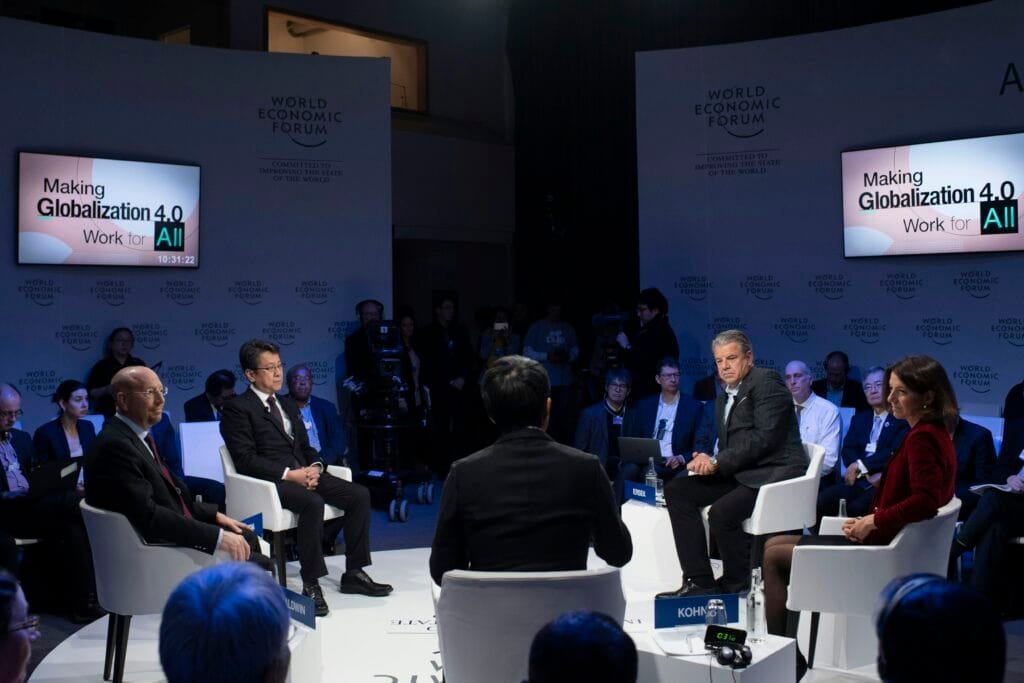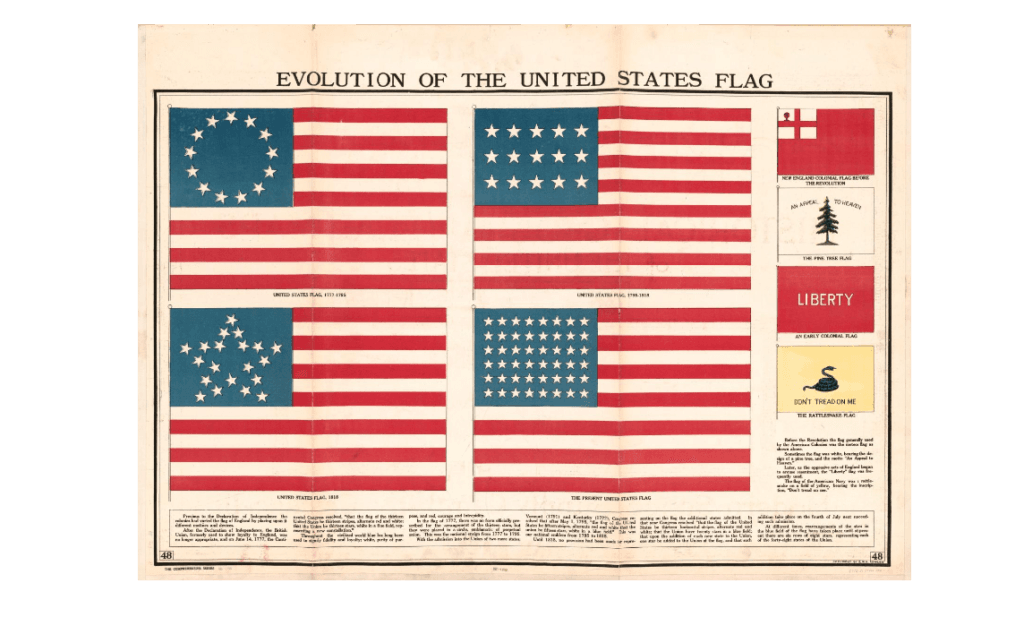Introduction:
Artificial Intelligence (AI) has transcended its traditional roles in industries like finance and healthcare to emerge as a potent force in the realms of art, culture, and creativity. From generating artworks to preserving cultural heritage, AI is revolutionizing how we perceive, create, and interact with artistic expressions. This article delves into the practical applications of AI in these domains and explores the innovative ways it is shaping the future of art and culture.
- AI-Generated Art:
AI algorithms, particularly those based on generative adversarial networks (GANs) and deep learning, have gained attention for their ability to create compelling artworks. These algorithms can analyze vast datasets of existing artworks, learn artistic styles, and generate new pieces autonomously. This capability has sparked debates about the nature of creativity and the role of human artists in the age of AI-generated art. Organizations like Obvious and artists like Mario Klingemann have showcased AI-generated artworks in galleries, challenging traditional notions of authorship and originality.
2. Enhancing Creative Processes:
AI tools are empowering artists and creators by augmenting their creative processes. For instance, AI-powered software like Adobe Sensei and DeepDream provide artists with new tools for image manipulation, pattern recognition, and style transfer. These tools enable artists to experiment with styles, generate new ideas, and push the boundaries of their creativity. Additionally, AI algorithms can analyze user preferences and behavior to personalize recommendations and content, facilitating more engaging and immersive experiences in fields like digital art, music, and literature.
3. Cultural Heritage Preservation:
AI is playing a crucial role in preserving and digitizing cultural heritage sites, artifacts, and artworks. Advanced imaging techniques, such as photogrammetry and LiDAR, combined with AI algorithms, enable the creation of high-fidelity 3D models of historical sites and artifacts. This technology helps in documenting cultural treasures, assessing conservation needs, and providing virtual access to inaccessible or endangered heritage sites. Projects like Google Arts & Culture’s Open Heritage and the Digitization Program Office at the Smithsonian Institution exemplify the application of AI in cultural preservation efforts.
4. Language and Literature:
Natural Language Processing (NLP) algorithms are transforming the way we create and interact with written content. AI-powered tools can generate poetry, prose, and even entire novels based on predefined prompts or themes. Chatbots like Replika and GPT-3 can engage in conversational storytelling, blurring the lines between human and machine-generated narratives. Moreover, AI algorithms can analyze vast literary corpora, identify patterns, and extract insights into language evolution, authorship attribution, and cultural trends, offering valuable resources for researchers and scholars.
5. Democratizing Access to Art and Culture:
AI technologies are democratizing access to art and culture by breaking down barriers to participation and engagement. Virtual reality (VR) and augmented reality (AR) experiences powered by AI enable immersive visits to museums, galleries, and historical sites from anywhere in the world. Additionally, AI-driven content recommendation systems and personalized learning platforms cater to diverse interests and preferences, fostering inclusive cultural experiences for audiences worldwide.
Conclusion:
The practical applications of AI in art, culture, and creativity are reshaping the landscape of human expression and interaction. From generating artworks and enhancing creative processes to preserving cultural heritage and democratizing access to cultural resources, AI is enriching our lives in profound ways. While challenges regarding ethics, authenticity, and equitable access persist, the continued advancement of AI technologies promises to unlock new possibilities for artistic innovation and cultural enrichment in the years to come.

